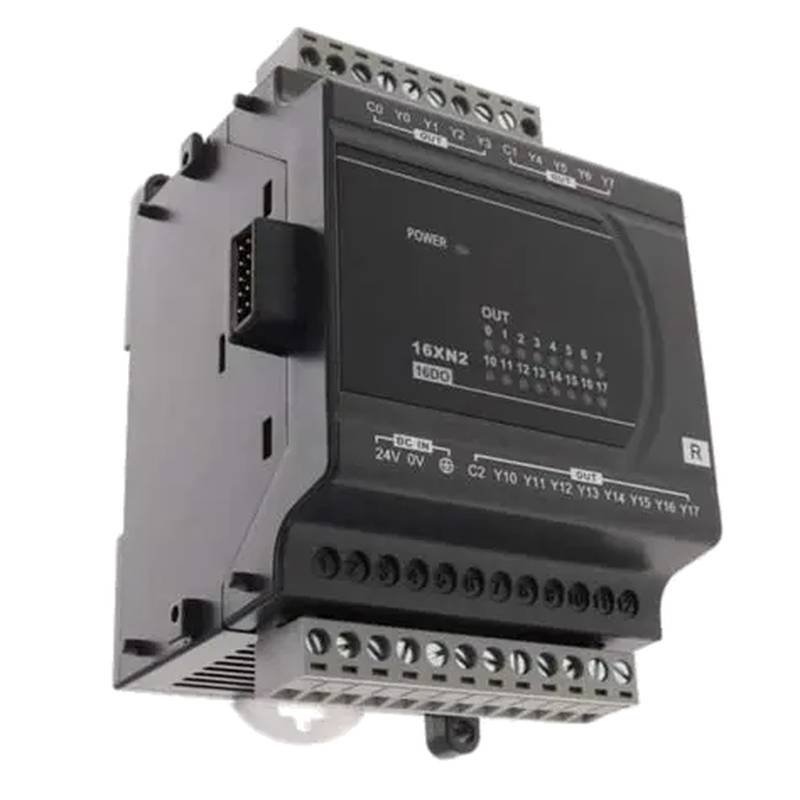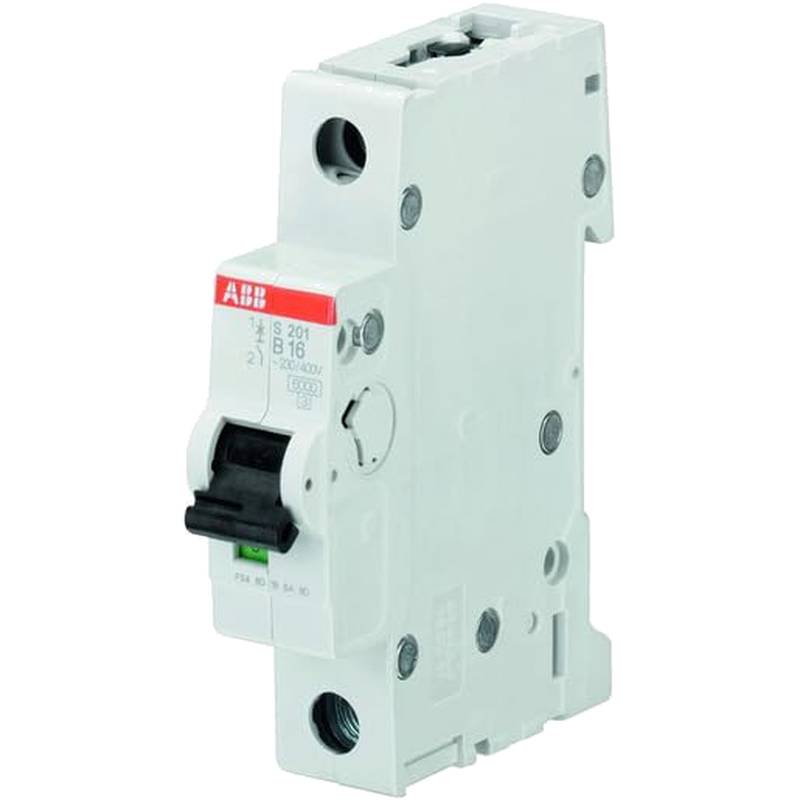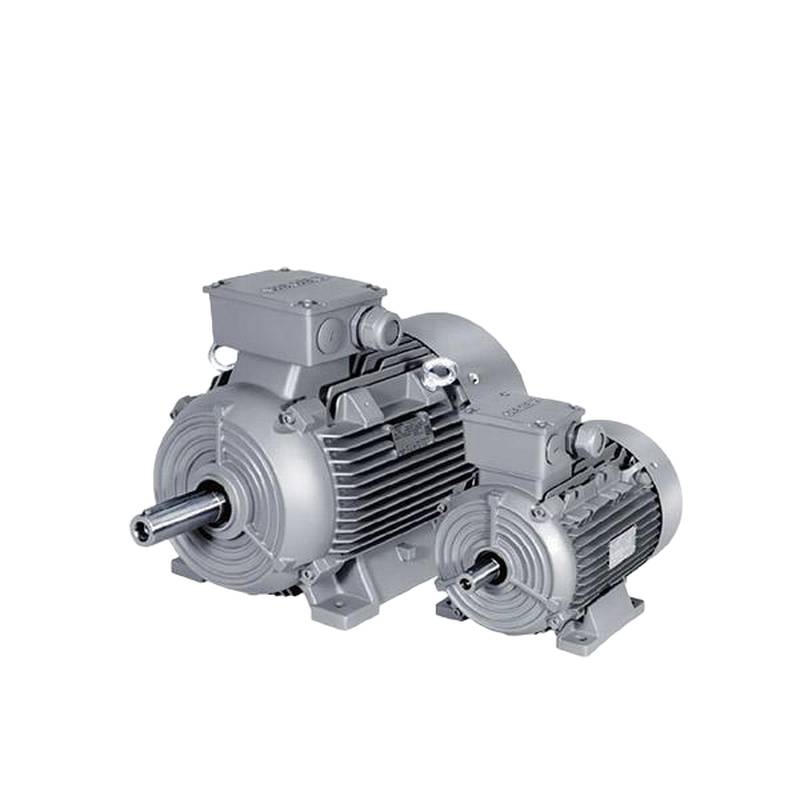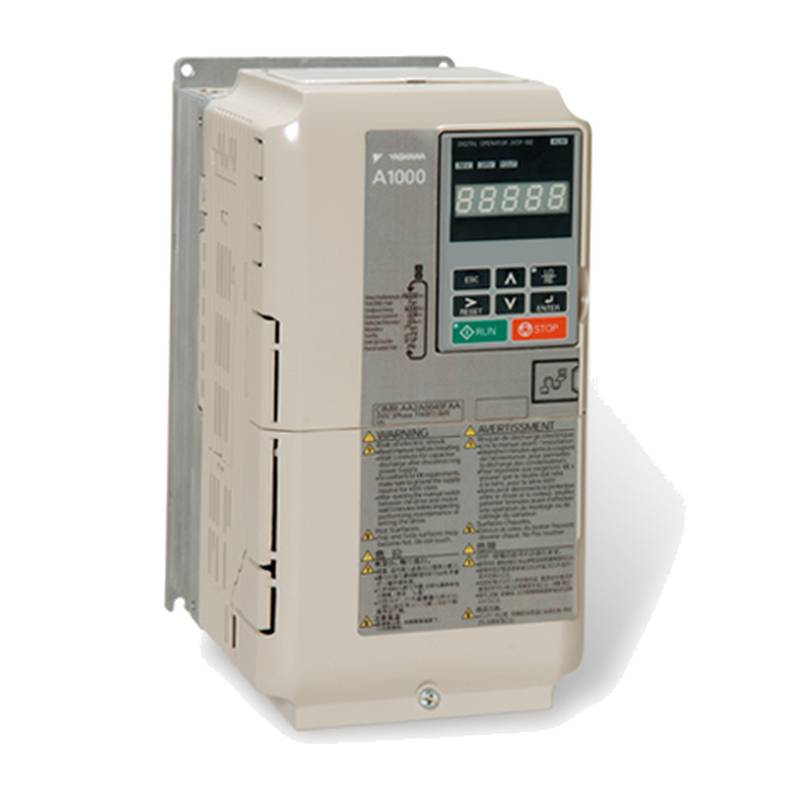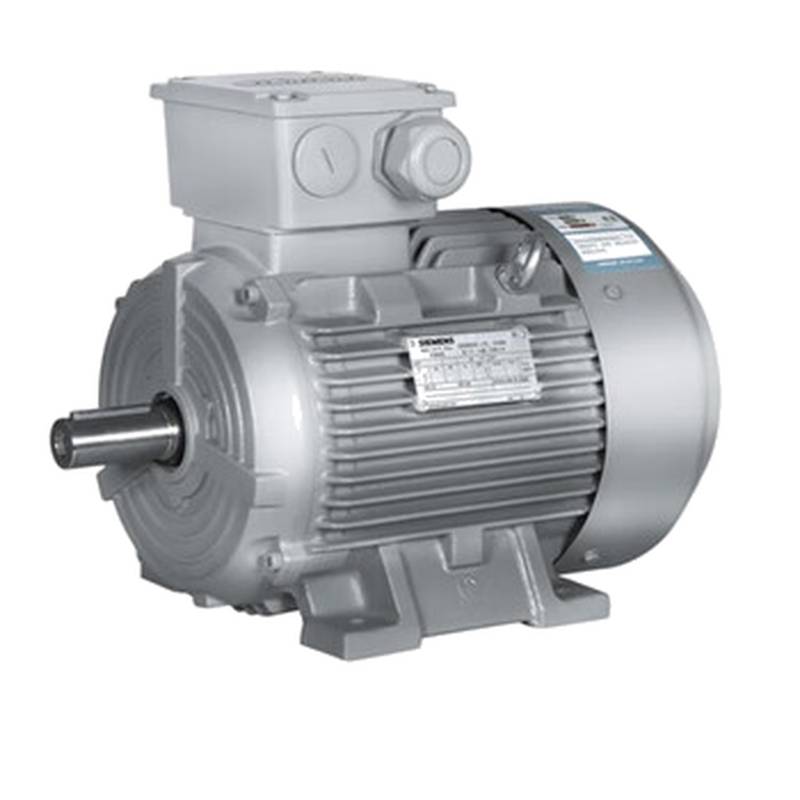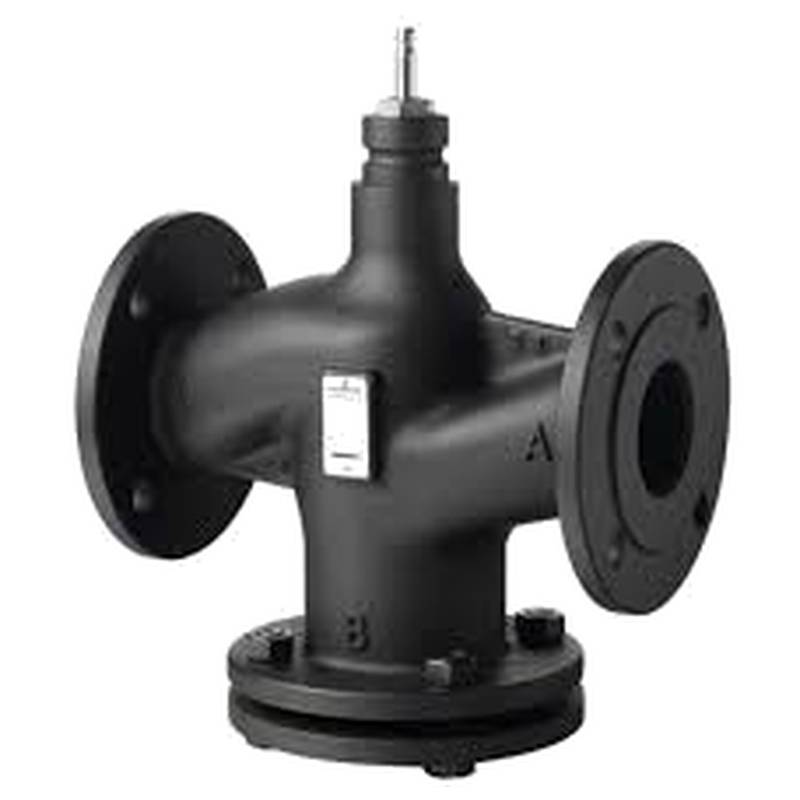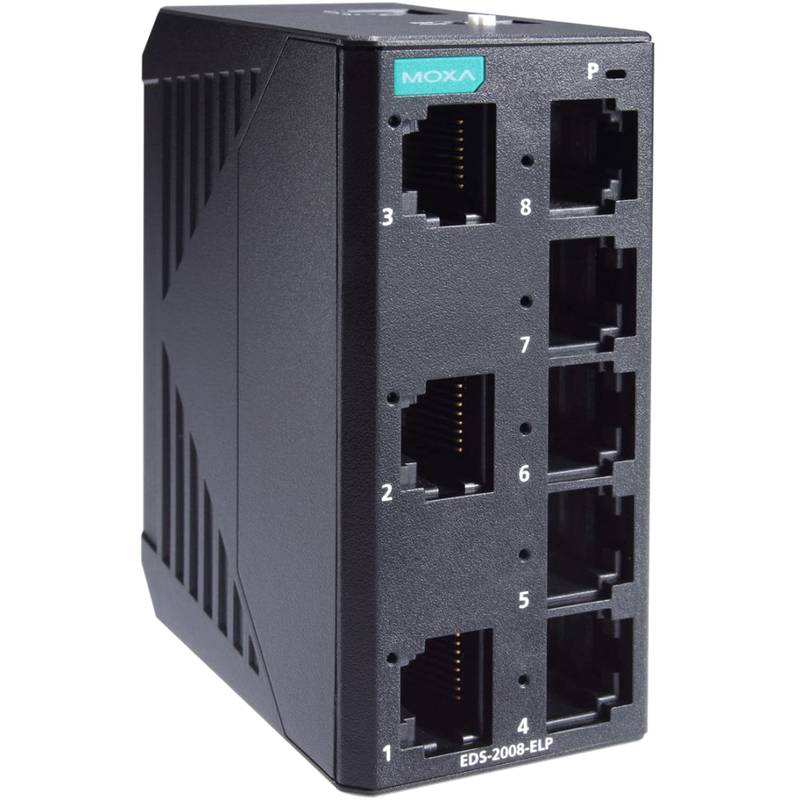
The Delta DVP16XN211R 16-point PLC Relay Output Module stands as a robust and versatile component within Delta's esteemed DVP series, engineered for demanding industrial automation tasks. This module boasts 16 independent relay outputs, offering significant flexibility for controlling a wide array of actuators and devices. Its core advantages lie in its high reliability, broad operating temperature range, and straightforward integration into existing Delta PLC systems. Key technical specifications include a 2A maximum output current per point, 250VAC/30VDC maximum switching voltage, and a compact footprint, making it ideal for applications requiring precise and dependable control.
Core Features & Market Positioning
The Delta DVP16XN211R distinguishes itself through its superior contact rating and robust construction, ensuring longevity even in harsh industrial environments. Its relay outputs provide electrical isolation between the PLC and the controlled devices, enhancing system safety and protecting sensitive control circuitry. Positioned as a cost-effective yet high-performance solution, it competes effectively with other leading PLC output modules by offering a compelling balance of features, reliability, and ease of use. The module's compatibility with the broader Delta DVP ecosystem further solidifies its market appeal, allowing for seamless expansion and integration within sophisticated automation architectures.
Key Application Scenarios
This 16-point relay output module finds extensive application across various industrial sectors. It is a prime choice for controlling motor starters, solenoid valves, indicator lights, and other electrical loads in manufacturing, packaging, and material handling systems. In the food and beverage industry, it can manage conveyor systems, pumps, and pneumatic actuators. For building automation, it can control HVAC equipment, lighting circuits, and security systems. Its versatility makes it suitable for any scenario requiring multiple discrete on/off control points where electrical isolation is paramount.
Practical System Integration Guidance
Integrating the Delta DVP16XN211R into a Delta PLC system is a streamlined process. The module typically connects to the PLC's main processing unit via a dedicated backplane or extension cable, ensuring a secure and reliable data link. Wiring the relay outputs involves connecting the common terminals to the appropriate power source (AC or DC) and then individually wiring each NO (Normally Open) or NC (Normally Closed) contact to the respective load. It is crucial to adhere to the specified current and voltage ratings to prevent module damage or system failure. For programming, users leverage Delta's ISPSoft software, configuring the output addresses within the PLC's I/O map and developing ladder logic or structured text programs to manage the output states based on process conditions.
Operation and Risk Mitigation
Proper operation of the DVP16XN211R requires adherence to electrical safety standards and the module's specifications. Users must ensure that the total current drawn by all outputs does not exceed the module's aggregate current limit, typically detailed in the product manual. Overloading individual relay contacts can lead to premature failure and potential fire hazards. It is also essential to properly ground the system and use appropriate wiring gauges to prevent electrical noise and ensure safe operation. Faults, such as a continuously energized or de-energized output when it should not be, often indicate a wiring issue, a failed relay, or a programming error. Troubleshooting should begin with verifying wiring continuity and then examining the PLC's status indicators and diagnostic buffers for error codes or abnormal behavior.
Scalability & Long-Term Value
The Delta DVP16XN211R offers significant long-term value through its compatibility with the expansive Delta DVP series. This allows for easy scalability; users can expand their system's I/O capacity by adding more output modules or other specialized modules as their automation needs evolve. Its integration capabilities extend to higher-level systems, including SCADA and MES platforms, especially when paired with Delta's communication modules. This facilitates data acquisition and enables participation in IIoT initiatives, paving the way for advanced analytics, predictive maintenance, and smart manufacturing processes, thereby future-proofing industrial automation investments.
Frequently Asked Questions
What is the maximum current rating for each relay output on the Delta DVP16XN211R?
Each individual relay output on the Delta DVP16XN211R can handle a maximum current of 2A. This rating is crucial for selecting appropriate actuators and ensuring the longevity of the module. Exceeding this limit can lead to relay contact damage or failure.
This 2A capacity allows for the control of a wide range of common industrial devices such as small motors, solenoids, and indicator lamps. Always consult the specific application's power requirements to ensure they fall within this specified limit for reliable operation.
When designing your system, consider the cumulative current draw of all simultaneously active outputs to prevent overloading the module's overall capabilities. This ensures safe and efficient operation over the product's lifespan.
Can the Delta DVP16XN211R be used with both AC and DC loads?
Yes, the Delta DVP16XN211R relay outputs are designed to switch both AC and DC loads. The maximum switching voltage is 250VAC and 30VDC respectively. It is vital to wire the load to the correct voltage and current specifications.
When switching DC loads, special consideration should be given to arc suppression, as DC circuits can sustain arcs more readily than AC circuits. While the relay contacts are rated, external suppression might be beneficial for high-inductive DC loads to prolong contact life.
Always ensure that the power supply connected to the common terminals of the relay output group matches the type of load you intend to control. Mixing AC and DC on the same common can lead to unexpected behavior or damage.
How do I wire the common terminals for the Delta DVP16XN211R?
The Delta DVP16XN211R features grouped common terminals for its relay outputs, typically allowing for multiple outputs to share a single common connection. You will need to connect the appropriate AC or DC power source to these common terminals. For example, if you are controlling AC loads, connect the live AC wire to the common.
It is important to note that each group of common terminals may have specific wiring requirements. Refer to the product manual to understand how the 16 outputs are divided into common groups. Incorrect common wiring is a frequent cause of operational issues.
For systems requiring isolated control of individual outputs, it is possible to wire each relay output with its own dedicated common terminal, provided the module supports this configuration and the overall system design allows for it. This offers maximum flexibility but increases wiring complexity.














